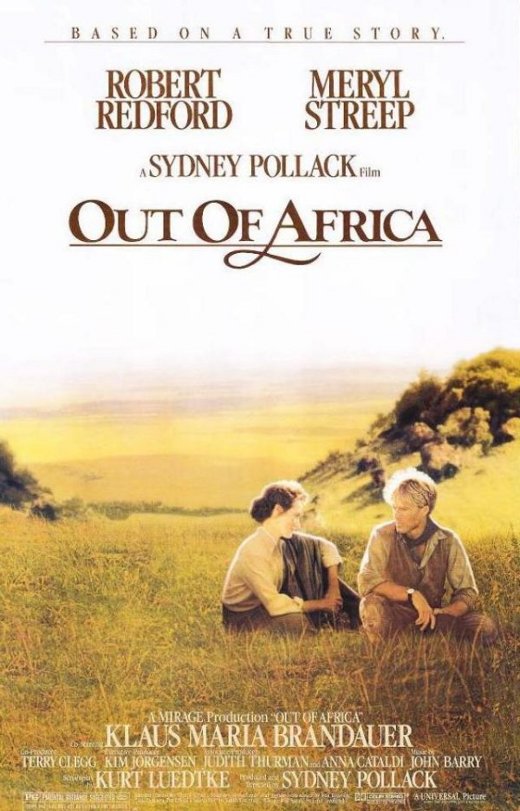The early years in Denmark weren’t merely just
exploring the open seas discovering new islands. There were also artists. One of the largest known pieces of
silver work is the Gundestrup cauldron found in a peat bog in the late 1800s.
The interesting thing is that it doesn’t exactly seem typical of the styles from
that area. Other Norse art is found
throughout what is now Denmark.
The rune writing and images carved on the large stones at Jelling are
perhaps some of the best-known remnants of this era. The earliest forms for paintings survive in the form of
church frescos or murals, mostly dating back to Medieval and Renaissance times.
It’s estimated that around 600 churches have murals that survive today – the
largest concentration than any other country.
Denmark later looked to German and Swedish painters
as well as French and Italian sculptors to learn their arts. Some of the more famous painters of
this period include Nikolaj Abraham Abildgaard, Christian August Lorentzen, and
Jens Juel. And likewise, Bertel
Thorvaldsen is often considered one of the most famous sculptors. The Royal Danish
Porcelain factor also got started around this time as well, and the Kosta
Glasbruk glass company, an offshoot company, was also founded at the same time.
Around the 19th century, Danish painters finally started making
their own style , a “national” style, thus it was deemed as the Golden Age in
Danish Painting. Many painters
emerged with this new style, with a more realistic style, utilizing the
contrasts in shading. Portraits, landscapes, and pictures of people in everyday
life were common subjects.
 |
| C.A. Lorentzen |
As we stepped into the 20th century,
Danish art aligned itself with other European styles and influences. Many painters and other artists have
made their work known all over the world, including many sculptors and
large-scale artists. One of the most famous Danish architects is Jørn Utzon who
designed the famous Sydney Opera House, which is included as a World Heritage
Site. Queen Margrethe II had a
series of tapestries created depicting the history of Denmark from antiquity to
present-day. The tapestries took a total of nine years to complete and are now
located on display in the Great Hall of Christiansborg Palace.
Denmark’s Golden Age (which lasted through the
first half of the 1800s) mostly aligned itself with the corresponding Romantic
period of literature. Nikolaj
Grundtvig is one author who is often considered one of the headliners of instilling
a sense of nationalism. And
probably the most famous Danish writer ever is Hans Christian Andersen, who
wrote many children’s stories and fairy tales. Among his more well-known stories include “The Ugly Duckling,”
“The Little Mermaid,” and “Thumbelina.”
These stories are part of the canon of children’s literature all over
the world. My husband told me of a movie about Hans Christian Andersen starring Danny Kaye. Søren Kierkegaard was a
prominent philosopher and theologian.
The major focuses of his work are centered around making concrete human
reality a priority over abstract thinking, as well as writing about the value
of making personal choices and commitments.
20th century and contemporary literature
embodies a diversity of styles. Karen Blixsen (who wrote under the pen name
Isak Dinesen) is most famous for her memoir novel Out of Africa. It was also made into a movie in 1985 of the same
name, starring Robert Redford and Meryl Streep. Most Danish authors do write in Danish; however, there are
also a sizable number of books written in other languages such as English. Mystery and crime thriller novels seem
to be a popular genre for Danish writers today.
Up next: music and dance










